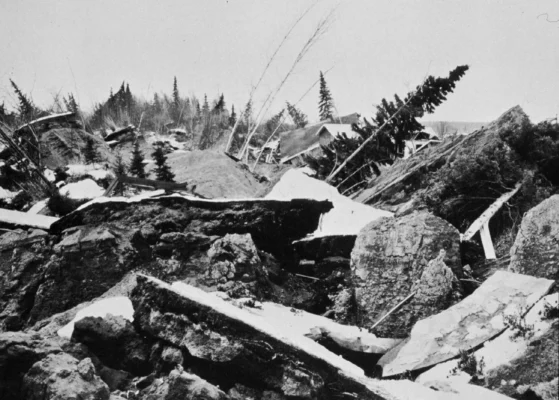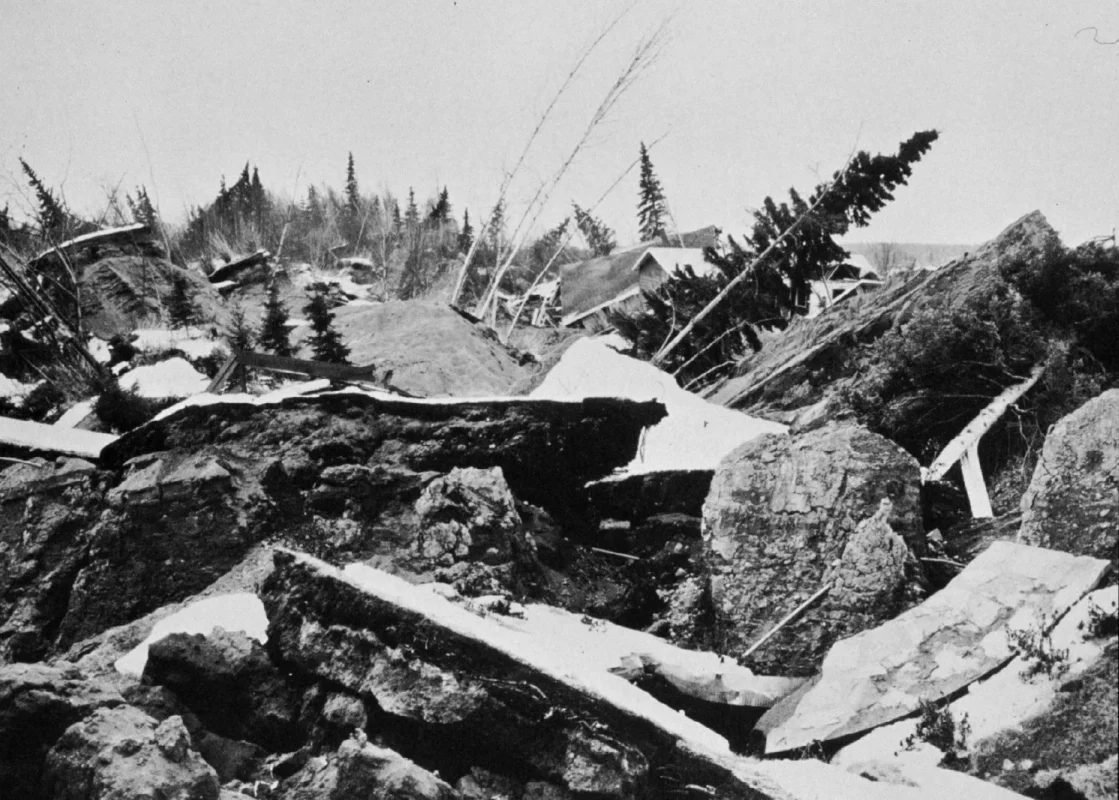News
Top 10 Secrets About Alaska earthquake
Alaska earthquake is a natural phenomenon that can affect the environment and lives in its path. It is one of the most powerful forces of nature and has a long history in Alaska. Here are some facts you may not know about this powerful destructive force:

- The Alaskan Earthquake of 1964 was one of the most devastating earthquakes to ever occur, with an estimated magnitude 9.2 intensity and a length of 600 miles.
- The earthquake caused more than $322 million in property damage, making it the most expensive natural disaster in US history at that time.
- The epicenter was located near Anchorage, Alaska but its shockwaves were felt across four states including Washington, Oregon, California and Idaho – more than 1,400 miles away from the epicenter.
- The earthquake caused landslides and tsunamis, with some waves reaching over 40 feet in height along Alaska’s coastlines.
- The earthquake lasted approximately 4-5 minutes but the aftershocks continued for months afterwards.
- In some areas of Alaska, the ground was displaced up to 40 feet by the earthquake.
- Numerous volcanoes in Alaska, including Mt. Redoubt and Mt. Spur, erupted shortly after the earthquake – likely due to the pressure created from the movement of tectonic plates during the earthquake.
- The 1964 Alaskan Earthquake occurred along a transform fault, where two tectonic plates slide past each other.
- The earthquake changed the topography of Alaska, including creating a new island off the coast of Kodiak Island – known as “Ragged Islands”.
- Despite its catastrophic effects, the 1964 Alaskan Earthquake sparked advances in seismology and engineering which led to better ways of predicting and responding to future earthquakes.
Even today, the Alaskan Earthquake of 1964 remains one of the most destructive and powerful earthquakes in history. Scientists continue to study its effects and use this knowledge to prepare for future natural disasters. By understanding what happened in 1964, we can be better prepared for when an earthquake strikes again.
Although it is impossible to predict when an earthquake will occur, there are steps that can be taken to help protect property and lives. These include ensuring that buildings are properly constructed and reinforced, having emergency plans in place, and educating the public on earthquake preparedness. With this knowledge and proper preparation, lives can be saved if an earthquake were to occur again.
No matter what precautions we take, it is impossible to fully prepare for a natural disaster such as an earthquake. But by learning the lessons of the 1964 Alaskan Earthquake, we can be better prepared for when the next earthquake strikes. By understanding what happened in Alaska over 50 years ago and applying this knowledge to our present day society, we can help protect lives and property from its devastating effects.
This is why it is important to take earthquake safety seriously and to ensure that everyone has a plan in place. Education on how to respond during an earthquake is key to reducing potential damage and casualties. There are many resources available online that provide tips on what to do during an earthquake, such as: safely evacuating buildings, staying away from windows and heavy furniture, and identifying warning signs of an impending quake. By being aware of these tips, individuals can help protect themselves and their loved ones during an earthquake.

